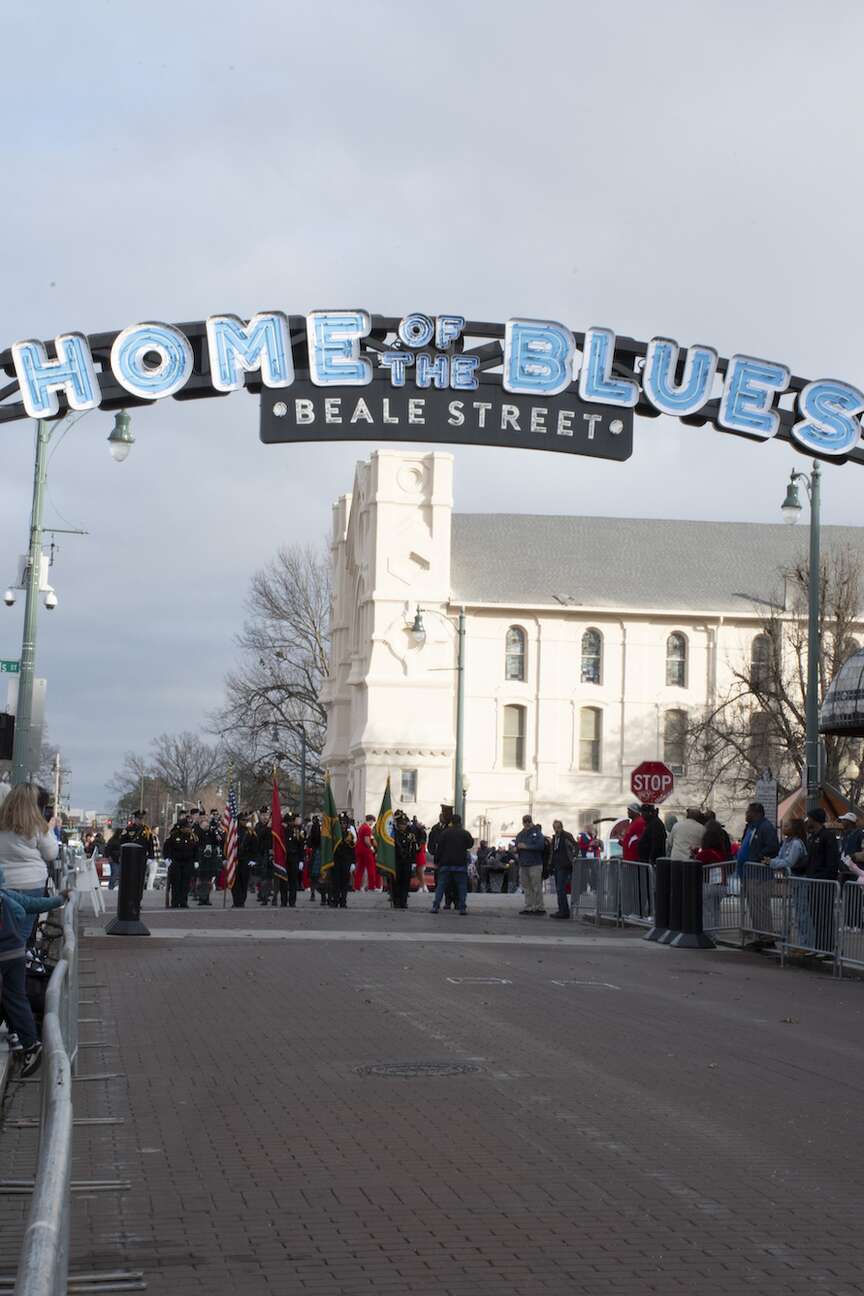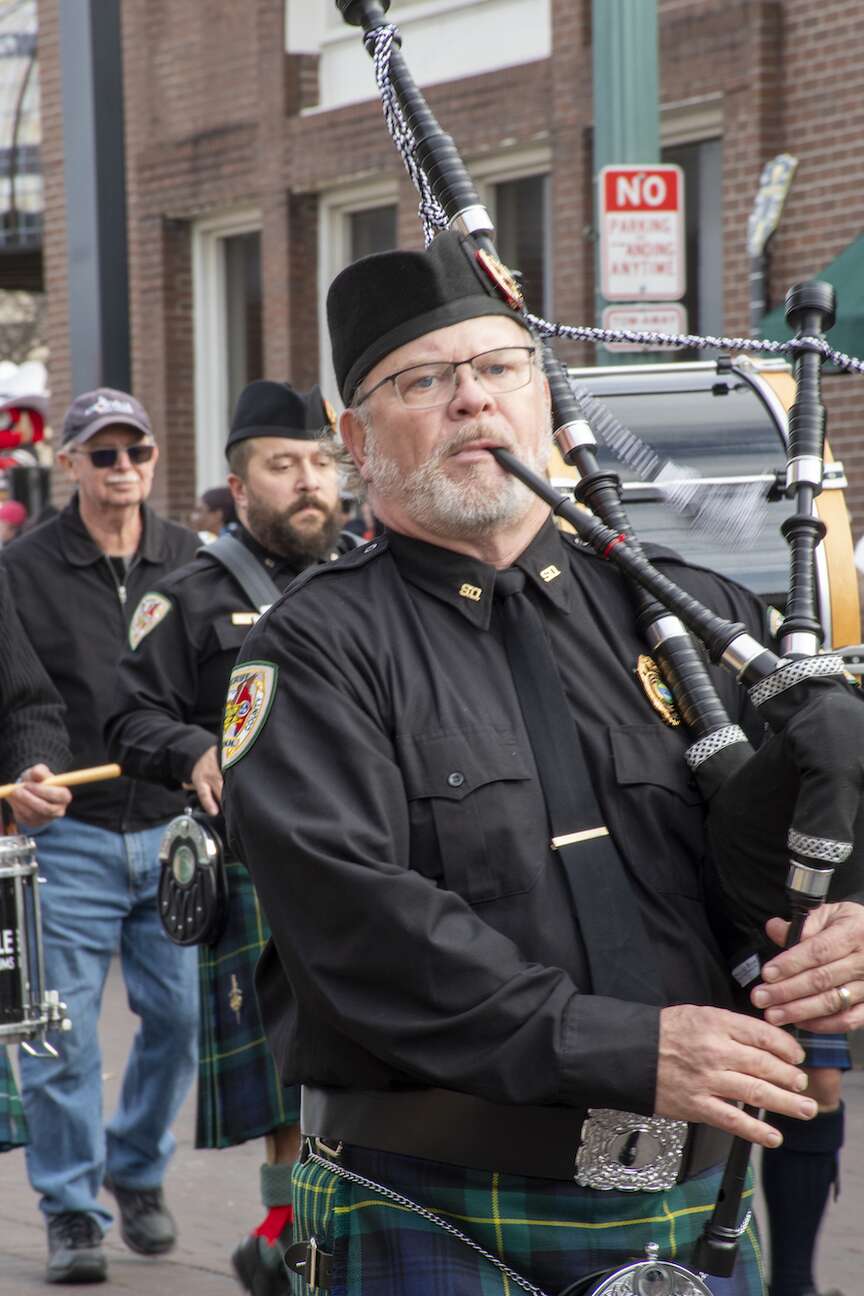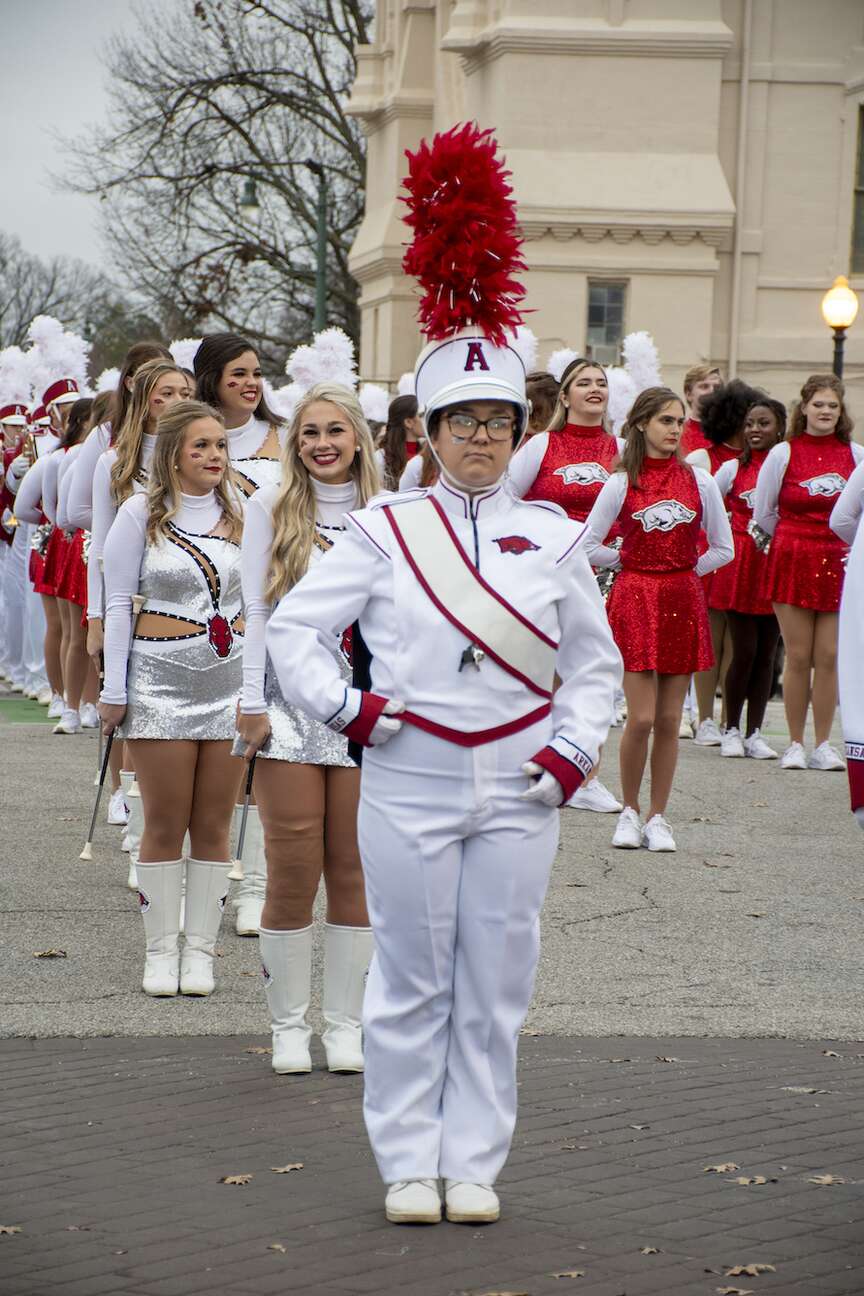A 5-year-old lawsuit contesting the placement of a Ten Commandments monument on the grounds of the Arkansas State Capitol Building could be moving closer to a resolution.
According to a court order filed June 20, a summary judgment motion filed in May by the plaintiffs in the federal lawsuit — Cave et. al. v Thurston — is set to be taken up in a hearing this week before U.S. District Judge Kristine G. Baker. In the order, Baker wrote that she will take up the matter of cross motions filed by both the plaintiffs in the case and by the defendants, all of whom have filed motions for summary judgment.
Act 1231 of 2015, sponsored by then-Sen. Jason Rapert, R-Conway, and co-sponsored by then-Rep. Kim Hammer, R-Benton, says the General Assembly found that the Ten Commandments “are an important component of the moral foundation of the laws and legal system of the United States of America and of the state of Arkansas,” and they “represent a philosophy of government held by many of the founders of this nation.”
Hammer served in the House for eight years before being elected to the Senate in 2018. Rapert, who served as a senator from 2011 until 2023, was defeated by former Arkansas Attorney General Leslie Rutledge in 2022 in his bid for the state lieutenant governor’s office. She replaced former Lt. Gov. Tim Griffin, who was elected attorney general in 2022.
The lawsuit, Cave et al. v. John Thurston, was originally filed against then-Secretary of State Mark Martin on May 23, 2018. On June 25, 2018, it was merged with a similar lawsuit, Orsi et al. v. Martin, which was filed the same day. Cave was filed by members of a walking and cycling club — with Judith Cave named as the lead plaintiff — who walk past the monument regularly and are supported by the American Civil Liberties Union of Arkansas. Orsi was filed by people representing a variety of religious viewpoints, led by the president of the Arkansas Society of Freethinkers.
Both lawsuits contend that the monument violates the First Amendment by establishing governmental preference of one religion above all others. On Dec. 17, 2018, Baker granted a motion to intervene by The Satanic Temple, located in Salem, Mass.
The first Ten Commandments monument was installed at the Capitol on June 27, 2017, but was toppled within 24 hours by a man who rammed it with his vehicle and was later found mentally unfit to proceed to trial. A replacement monument, surrounded by 3-foot-tall concrete posts, was installed April 26, 2018.
Motions for summary judgment were filed on March 6 by attorneys for the Cave plaintiffs, the Orsi plaintiffs and The Satanic Temple, and the office of Arkansas Attorney General Tim Griffin representing Thurston in the matter. The motions by the Cave and Orsi plaintiffs asked that the Ten Commandments monument be removed, while The Satanic Temple motion asked that the monument either be moved and the Temple’s statue of Baphomet — a part-man, part-goat deity who is seated and accompanied by two smiling children — be installed in its stead for the same duration as the Ten Commandments statue, or, that the Baphomet statue be installed in a location on the State Capitol grounds to be determined by the parties if the Ten Commandments statue is allowed to remain.
Contacted by phone last week, Andrew Schultz, an attorney with the Rodey Law Firm in Albuquerque, N.M., and a law professor with the New Mexico School of Law, representing the plaintiffs, said the goal is the removal of the monument.
“We believe the statute passed by the Arkansas Legislature that mandated the placement of the Ten Commandments monument is unconstitutional,” Schultz said. “We believe the statute is unconstitutional and we believe the monument is unconstitutional.”
The overriding question, he said, “is how do we get there?”
Schultz said prior to last year, the U.S. Supreme Court had used a three-pronged test developed in 1971 by Chief Justice Warren Burger in determining whether a government action has a primary effect of advancing religion in violation of the establishment clause of the First Amendment.
Known as the “Lemon Test,” after the 1971 case, Lemon v. Kurtzman, the Lemon Test established three requirements for state action to be deemed constitutional under the establishment clause of the U.S. Constitution:
The law must have a secular purpose.
The primary effect of the law must not infringe on or promote religion.
The law should not unduly entangle government with religion.
Until last year, Schultz said, if any of the three prongs were violated, the government’s action would be deemed unconstitutional under the establishment clause.
“Good, bad or indifferent, that was the governing standard the courts used,” he said. “It had three parts, it had exceptions, it got to be complex, but that was the governing standard for over 50 years.
“Then, just last year there was a case at the Supreme Court,” Schultz continued, “the kneeling football coach.”
Schultz was referring to the case of a Bremerton, Wash., football coach — Joe Kennedy — who sued the school district after he was placed on leave in 2015 for leading players in post-game prayers at midfield after games. Kennedy sued the school district, saying it violated his religious freedom by denying him the right to pray.
A year ago in June, in a 6-3 decision, the Supreme Court sided with Kennedy, and in a majority opinion authored by Justice Neil Gorsuch, Schultz said, the high court abandoned the Lemon Test in favor of a new standard.
“What he said was,” he said, “the line between permissible and impermissible with regard to the establishment clause has to accord with history and faithfully reflect the understanding of the founding fathers.”
The ruling, Schultz said, instead of offering clarity, has served to muddy the waters. He said such a huge variety of resources exist from the founding of the nation that discerning the actual intent of the founders becomes an exercise in cherry-picking.
“Let’s say I scour all of those papers and I say, ‘your Honor, I know exactly what they meant and here’s why,’” he said. “Here’s one federalist paper and I’ve got a letter [John] Adams wrote to [Thomas] Jefferson. So the other side says, ‘oh great, I’ll see you those and I’ll raise you these lines from the constitutional debate in the Virginia Legislature and an editorial written by George Washington.’ It’s a dangerous game to rely solely on the founding fathers, because then the question becomes which founding father at which time and in which context.”
Even so, both he and Holly Dickson, executive director of the ACLU of Arkansas, maintained that the position of the plaintiffs is straightforward. Both said it is never appropriate for government to endorse any religion by the placement of any monument to religion on public property.
Attorney General Griffin disagreed with the contention that the Ten Commandments monument is a religious icon and said he stands behind his office’s motion for summary judgment in the state’s favor.
“As the Supreme Court explained in American Legion v. American Humanist Association [in 2019],” Griffin said in a text message, “the Ten Commandments ‘have historical significance as one of the foundations of our legal system.’ Publicly displaying the Ten Commandments is a longstanding national tradition and the challenged Ten Commandments monument fits squarely within it.”
Baker is scheduled to hold a hearing on the matter Friday at 10 a.m. at the federal courthouse in Little Rock.


















































/cdn.vox-cdn.com/uploads/chorus_asset/file/25822586/STK169_ZUCKERBERG_MAGA_STKS491_CVIRGINIA_A.jpg)

